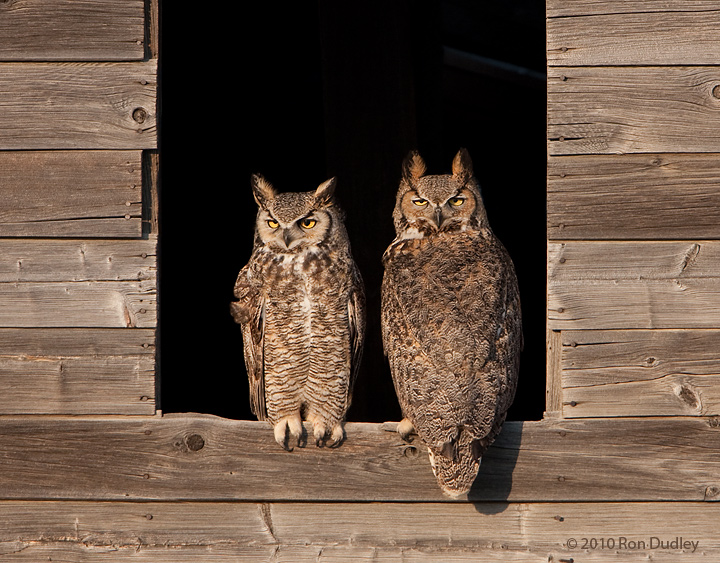Ah to be a male in the animal kingdom! Their muscles are stronger, their bodies bigger, colors flashier, and their mates can be numerous. It’s no wonder that I’ve had more than one female (girl and woman alike) express jealousy of males when talking about their posh lifestyles. But fret not, geekettes! While most of the time we think of the males ruling the roost, there are many instances of where it’s the females that are in control.
Birds of prey, spiders, and insects: what do they have in common? No, it’s not the fear that they are out to get you, it’s reverse sexual dimorphism. Reverse sexual dimorphism means that it’s the female that is bigger than the male, not the other way around as normally found in the animal kingdom.
Scientists haven’t settled on one solid explanation for why these females are larger than their mates, but I don’t think the females care too much. And in some cases, like tarantulas, the females benefit from a longer lifespan as well. In these spiders the males live to be about five years old, while the females can live to the ripe old age of 30 or even 40 years old.
A great picture of reverse sexual dimorphism in great-horned owls. The larger female is on the right.
Ask anyone of a case where it’s better to be a female than a male, and most often you’ll get the answer “praying mantis.” I have to agree; being a male praying mantis and being decapitated and devoured by your sweetheart is kind of a bummer.
Female spiders too will make a meal out of their mates of they don’t flee fast enough after mating. And while female honeybees may not dine on the males of their hive, when fall comes, the freeloading males (who do nothing but lounge around the hive all day being fed copious amounts of honey by their sisters) are kicked to the curb, left to die of starvation.
Female spiders too will make a meal out of their mates of they don’t flee fast enough after mating. And while female honeybees may not dine on the males of their hive, when fall comes, the freeloading males (who do nothing but lounge around the hive all day being fed copious amounts of honey by their sisters) are kicked to the curb, left to die of starvation.
And yes ladies, there are even cases where it’s the females who have all the mates. Found in some shorebirds like red-necked phalaropes and spotted sandpipers, polyandry means a female who mates with as many males as possible, often leaving them to care for the young. In some extreme cases, polyandrous females will even be more showy than the males.
So the next time you hear someone remarking about the beauty of a peacock, remember two things: one, the only reason he has those fancy feathers is to impress the female; and two, there is plenty of girl power in the animal kingdom. Just don’t try kicking your brother out of the house come fall.



No comments:
Post a Comment